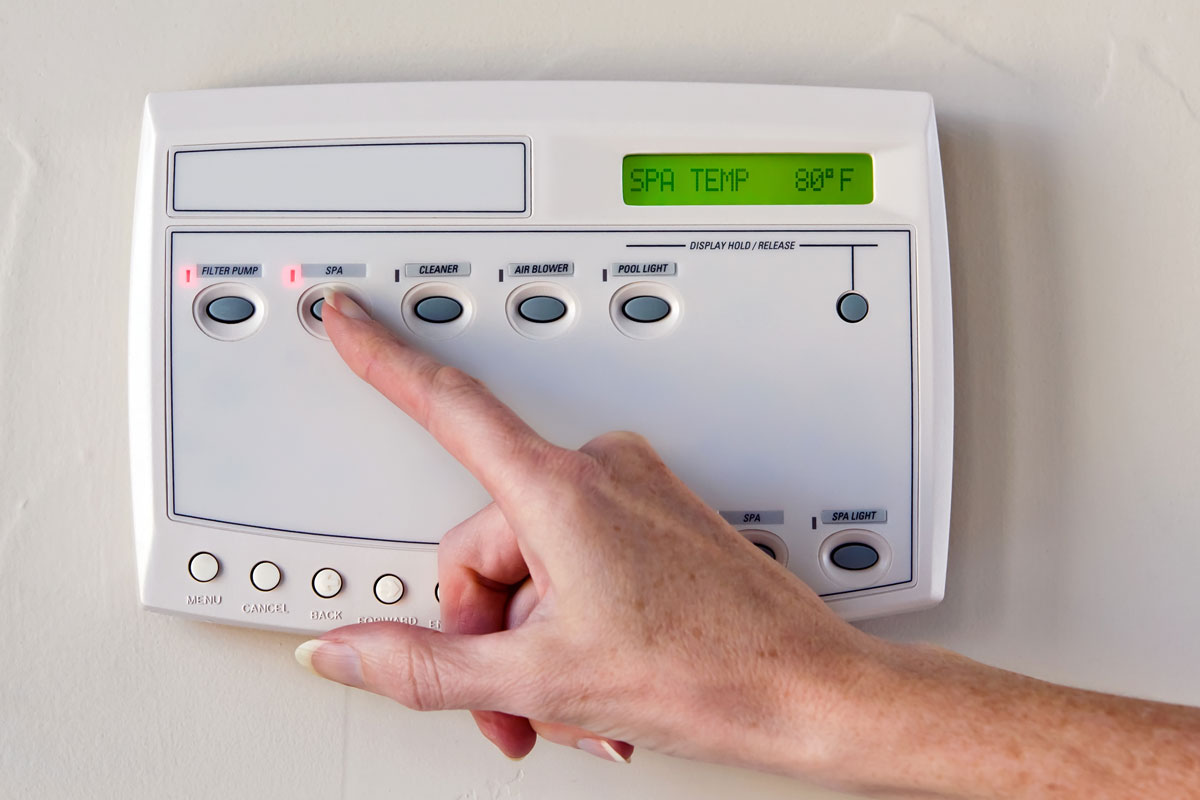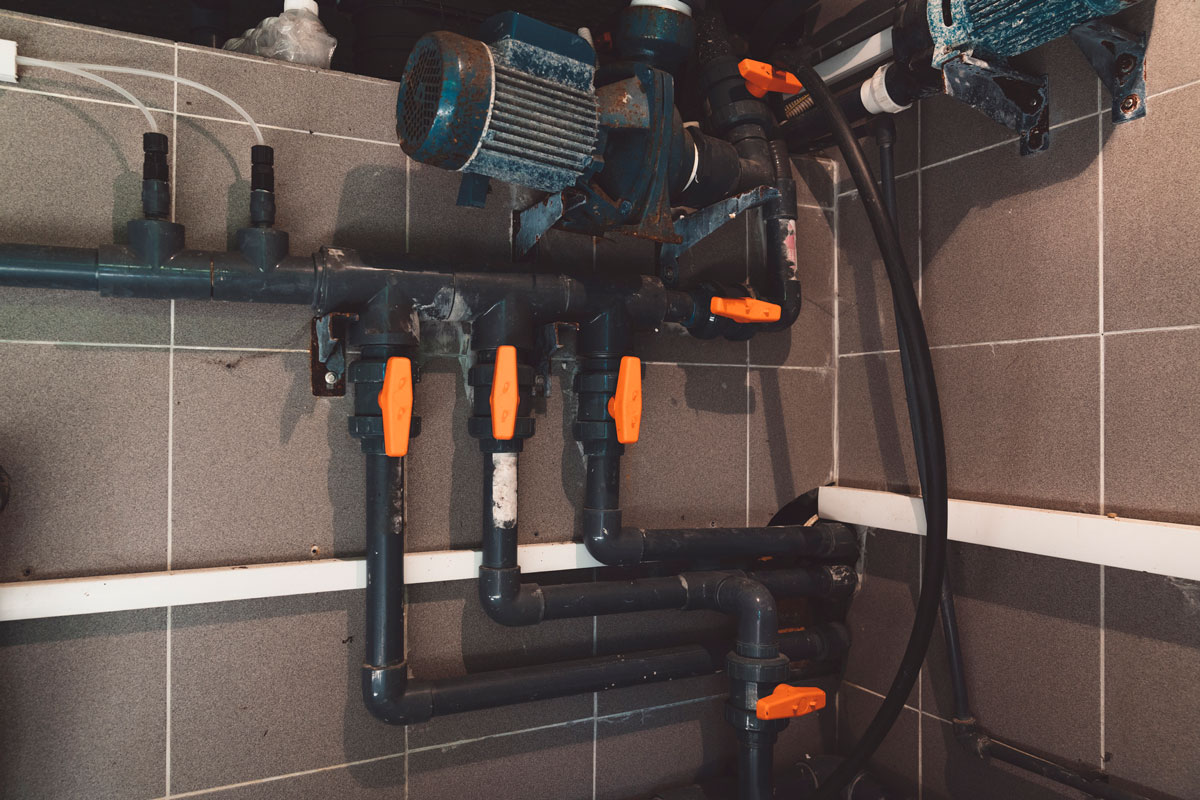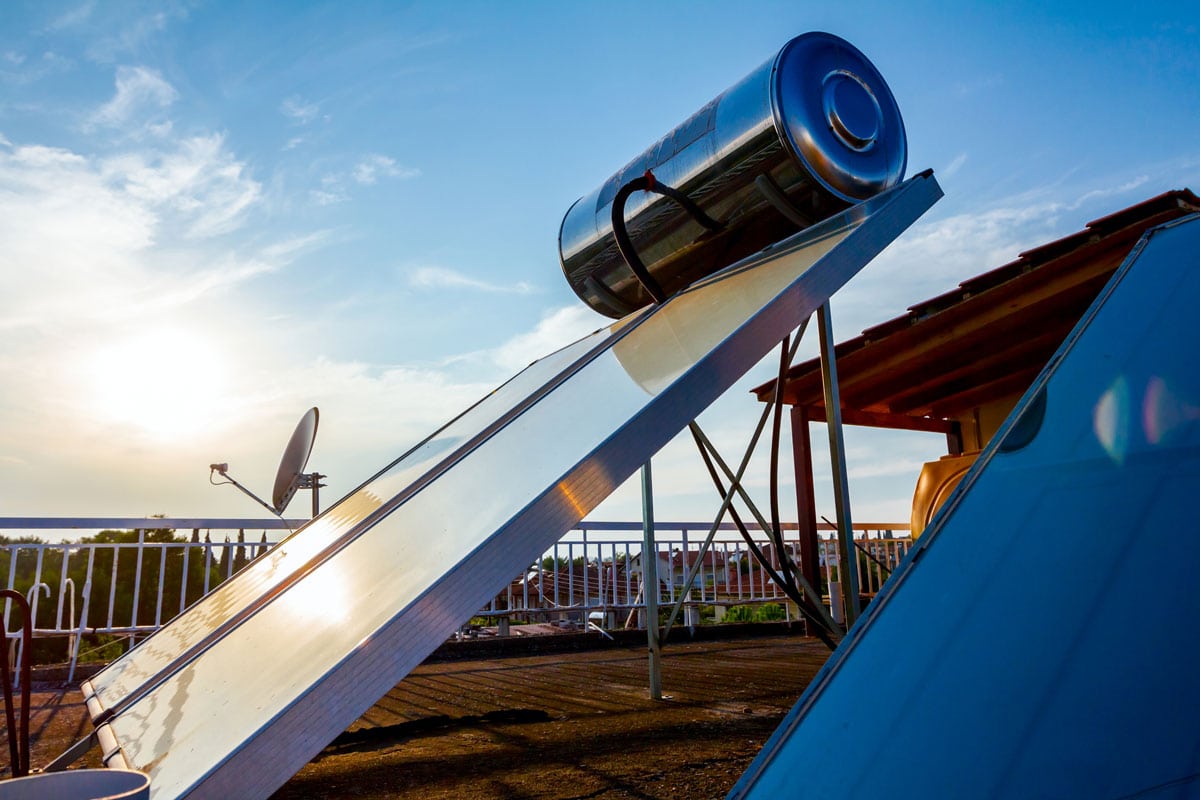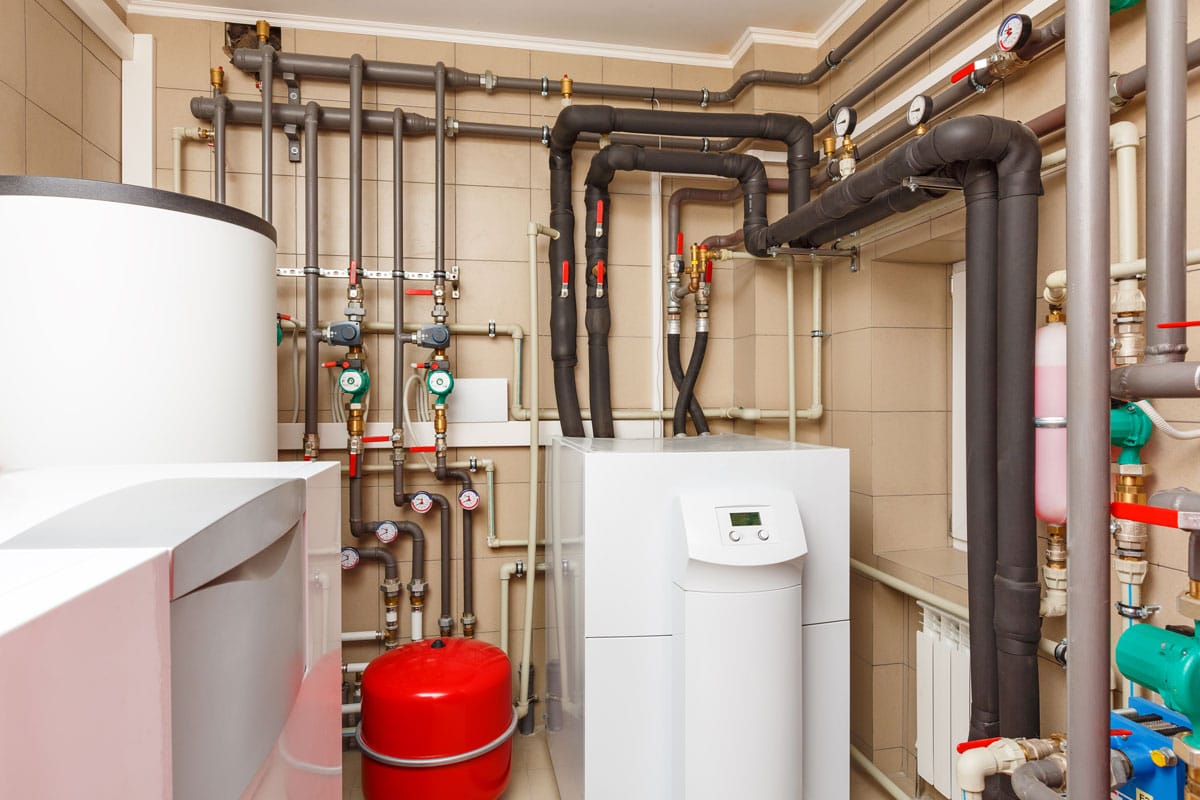Are you having a hard time figuring out how to switch on and off your Jandy pool heater? Don't worry, we've researched this problem, and here is what we found.
To turn on the heater, you can follow these steps:
- Switch off all electrical power supply from the main control to the heater.
- Dismantle the heater door and turn off the heater gas valve.
- Before starting the heater, wait for 5 minutes.
- Rotate the gas valve control know counterclockwise to turn the heater on.
- Put the heater door back in place.
- Turn on the heater's electrical power supply.
- Activate the filtration pump.
- Set the heater to the SPA setting. Set the thermostat to a temperature that is higher than the water temperature.
- If a timer is installed, set the clock.
Now, to turn off the heater, you must:
- Reduce the temperature on both thermostats to the lowest level.
- Turn the control off. Make sure the heating is turned off on the display.
- At the junction box, turn off all electricity to the heater.
- Open the door of the heater and turn the gas valve off by turning the knob clockwise.
- Turn off the external gas supply valve of your heater.
Now that you know how to turn a Jandy pool heater on and off, read on to know how to set the temperature to your liking. In addition, we'll also delve into the benefits and drawbacks of using it, its safety rules when using it, and the types of pool heaters typically used.

How To Set A Jandy Pool Heater Temperature?
Before you can use your pool heater, you must first set up the language, temperature scale, and display light timeout options.
The default language of the pool heater is English while you can choose between °F or °C as the unit of temperature.
The default pool temperature is 80 °F. To change this, you just have to press the up or down button in the controller. After 5 seconds of inactivity, the new set temperature will be saved as the set point. And if the temperature falls to a degree below the set temperature, the controller turns on the heater.

Why Use Jandy Pool Heaters?
Jandy pool heaters have innovative designs that improve efficiency while taking up the least amount of space. Jandy pool heaters are incredibly adaptable and dependable. They're also simple to install and can save you money on energy expenditures.
Others have corrosion-resistant polymer headers for easy installation and built-in diagnostics to alert you to maintenance needs. Jandy's heating systems have been refined and perfected over 60 years.
Years of study have resulted in a heater that is compact, dependable, and efficient enough to satisfy the needs of today's pool owners.
Components Of A Jandy Pool Heater And Their Functions
Typically, a Jandy pool heater is composed of the following components:
- Gas Valve/Regulator
- Temperature Control
- Ignition Control
- Igniter
- Flame Sensor
- Limit Switches
- Water Pressure Switch
- Roll-Out Switch
- Vent Temperature Limit
Gas Valve/Regulator
The gas valve regulates the flow of gas into the manifold. It only allows flow when the temperature control requires heat and all safety safeguards are in place.
Temperature Control
It includes two distinct thermostat settings, which are commonly used to control the temperature of a pool or spa.
Ignition Control
The ignition control supplies energy for the air/gas mixture to ignite, as well as monitoring and controlling the flame.
Igniter
When electrical power is provided to the hot surface igniter, it gets extremely hot. The air/gas mixture in the combustion chamber is ignited directly by the hot surface igniter.
Flame Sensor
The flame sensor is an electrode that the ignition control uses to detect the rectification of current flowing through the flame. An inadequate flame state is indicated by insufficient rectification.
Limit Switches
Two limit switches, one at the heat exchanger output and the other for water leaving the heater prohibit excessive water temperature. If either detects an abnormally high temperature, the burner is turned off.
Water Pressure Switch
By sensing back pressure inside the heat exchanger, this control determines whether or not water is available to the heater.
The pressure switch prevents the burner from operating if the pool water pump fails or the water filter becomes clogged.
Roll-out Switch
This is a one-time use switch that detects anomalous temperatures in the heater's component compartment.
Vent Temperature Limit
This is a one-time use switch that detects excessive heat in the vent system. The flue collector assembly is attached to it. The switch will open if the temperature is too high.
Safety Guidelines When Using Jandy Pool Heaters
Here are some safety tips when you use Jandy pool heaters:
- The water temperature in a hot tub or spa should never go above 104 degrees Fahrenheit.
- The consumption of alcoholic beverages before or during the use of a spa or hot tub can produce sleepiness, which can lead to unconsciousness and drowning.
- If a pregnant woman plans to utilize a spa or hot tub, the water temperature should be kept below 100 degrees Fahrenheit.
- Always use an accurate thermometer to verify the water temperature before using a spa or hot tub.
- People who have a history of heart disease, diabetes, circulatory problems, or high blood pressure should see their doctor before utilizing a hot tub or spa.
- Spas and hot tubs are not recommended for people who are using drowsy medications.
- Immersing in hot water for a long time induces hyperthermia.
Types Of Pool Heaters And Their Pros And Cons

Generally, there are four options you can choose from when heating your pool. These are:
- Solar Pool Heating
- Electric Heaters
- Heat Pumps
- Gas Heaters
Solar Pool Heating

Initially, pool water travels through a filter to eliminate any particles before entering the solar collectors on your roof. The water begins at the bottom and progressively warms as it rises. The heated water is then brought back to the pool, and the cycle repeats until the water temperature is reached.
The quality of the materials used in this system, as well as the size of the collector, which should be at least 80% of the swimming pool capacity to provide optimal results, are both important considerations.
Pros:
- operational costs are low
- energy efficient
- durable
- environmentally friendly
- only needs heat from the sun to heat your pool
Cons:
- weather stability and constant sunshine are required
- expensive upfront installation cost
Electric Heaters
Electric currents are used to heat them. The resistor inside the unit warms up as a current is passed through it. Water then washes over the resistor, heating it and causing it to cool.
Electric resistance heaters are typically used to heat small, portable spas and small treatment pools because they consume a lot of electricity.
Pros:
- lower upfront cost
- environmentally friendly
- generate no pollution
Cons:
- most expensive to run than most heaters
- because of the wiring and breakers, the installation could be pricey
Heat Pumps

The most typical technique to heat your pool is with an electric heat pump. The heat from the air is transferred to the water as the pool water travels through a heat exchanger in the heat pump.
Pros:
- operating costs are lower every month
- have a longer lifespan
- environmentally benign
- generate no pollution
Cons:
- high initial investment cost
- warms water more slowly than competing heaters
Gas Heaters
The combustion of fossil fuels, such as propane or natural gas, powers gas pool heaters. The fuel is burned in a combustion chamber within the heater. It uses the heat it produces to heat the pool water.
Pros:
- rapidly heats water
- lower initial cost compared to electric heaters
Cons:
- high monthly operating costs
- shorter lifespan
- not environmentally friendly
- pollutes the air
How Warm Should Your Pool Be?
The American Red Cross and many swimming coaches recommend a temperature of 78° F for recreational and competitive sports swimming. This degree of comfort also corresponds to strong fuel conservation practices.
However, young children, the elderly, and others frequently require 80° F or warmer water, and hydrotherapy requires it as well. Although 78° F to 82° F is suitable for most people, the temperature of your pool is a matter of personal preference.
You can check this article to know how effective a pool heater heats a pool: How Warm Can A Pool Heater Get A Pool?
Final Thoughts

Turning your Jandy pool heater on and off is an easy task. You can see it in the product's manual or you can instruct your pool heater installer to teach you. Furthermore, using pool heaters also entails health risks so it is important to be aware of the safety guidelines of your product.
To know what is the best heating system for you, you should consult a professional pool heater installer.
Before you leave, if you have an existing pool and you want to add a heater to it, you can check this article: Can You Add A Pool Heater Later To An Existing Pool?
Additionally, check this article if you want to install a pool heater above-ground: How To Install An Above-Ground Pool Heater.
